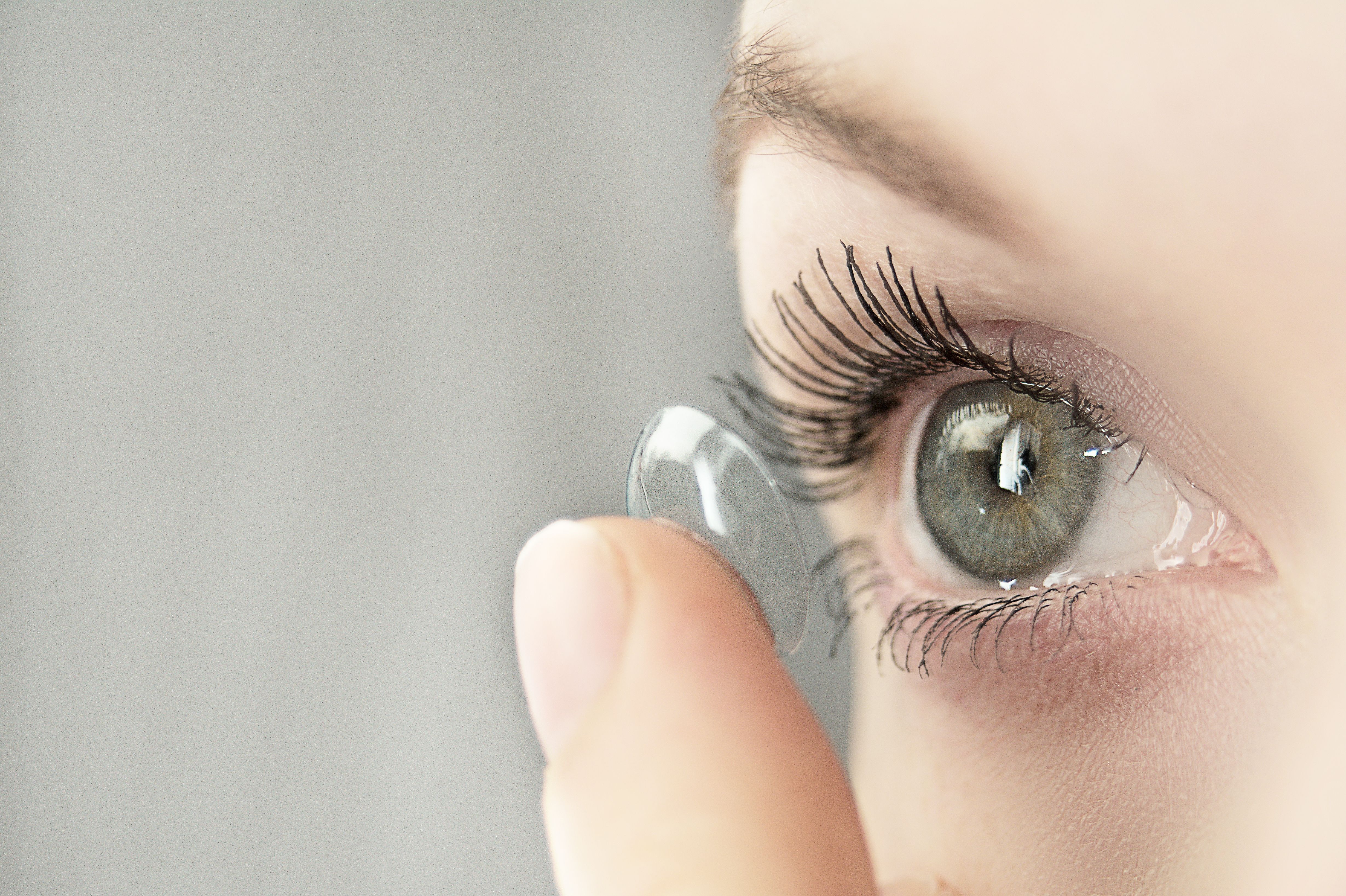Article
Woman loses eye after showering while wearing contact lenses and contracting parasite
Author(s):
According to a BBC News report, the woman showered while wearing her lenses and she contracted a rare parasite infection called Acanthamoeba keratitis.
Marie Mason, 54, contracted Acanthamoeba keratitis while wearing contact lenses in the shower.

After showering while wearing her contact lenses, a British woman contracted a persistent parasitic infection that ultimately led to the loss of her left eye.
According to a BBC report, Marie Mason, 54, contracted Acanthamoeba keratitis. According to the Centers for Disease Control website, the infection is caused by a microscopic organism that infects the cornea and is most common in people who wear contact lenses, though it can be contracted by anyone.
The BBC reported that Mason believes she contracted the organism while showed without taking out her extended-wear contact lenses.
"It would have got under the lens then multiplied, so my eye was riddled with it, " Mason told the BBC, according to reports.
The CDC reported on its website that people who wear lenses in the shower or clean their lenses in tap water increase their risk of contracting Acanthamoeba keratitis.
Moreover, John Dart, honorary professor at the UCL Institute of Ophthalmology in the United Kingdom, told BBC News that the infection is contracted by about 150 to 200 people in the United Kingdom each year, but very few actually lose their eye, though nearly half suffer substantial vision loss.
The CDC also noted on its website that symptoms of Acanthamoeba keratitis range from eye pain, blurred vision and sensitivity to light to the sensation of something in the eye.
Mason told BBC News she noticed the issue in 2015 when it felt like something was in her eye, like sand. When she rubbed her eye, the feeling only persisted.
According to the BBC report, Mason was told by an optometrist to go the hospital where physicians diagnosed her with Acanthamoeba keratitis and treated it with various medications, eye drops, and ultimately three cornea transplants — but the efforts to save her vision ultimately failed.
After five years of treatments and surgeries, the decision was made to remove her left eye, and she now wears a prosthetic eye, according to the BBC.
Newsletter
Don’t miss out—get Ophthalmology Times updates on the latest clinical advancements and expert interviews, straight to your inbox.





